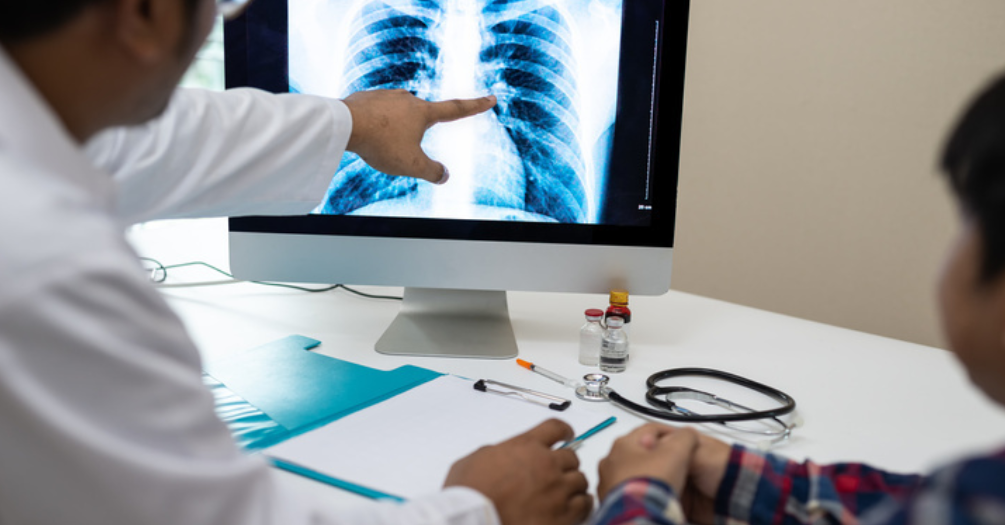New study on TB transmission among minorities in Arkansas highlights urgent need for focused prevention

Native Hawaiian, Pacific Islander and Black Arkansans experience a substantially higher risk of recently transmitted TB
Although Arkansas has one of the lower overall tuberculosis (TB) incidence rates in the country, a new study by researchers from the University of Michigan School of Public Health and the Arkansas Department of Health has found that TB is still affecting some groups much more than others—especially Native Hawaiian, Pacific Islander and Black Arkansans.
The researchers looked at more than 10 years of TB data in Arkansas. They focused on how people were getting sick: Was the TB a recent new infection transmitted by another person, or was it an old infection that came back after being dormant (inactive) for years? Using a combination of special lab techniques called genotyping that helps track the spread of the bacteria and the time of TB diagnosis, the team found that new infections spreading from person to person have become more common over time. In fact, over half of new TB cases in Arkansas in 2020 were part of ongoing TB transmission.
The risk wasn’t the same for everyone. Native Hawaiian and Pacific Islander Arkansans were more than 200 times as likely as white Arkansans to have recently transmitted TB. Black and Hispanic Arkansans also faced much higher risks than white Arkansans. These patterns are similar to what the researchers found in an earlier study, which showed that people in these communities were also more likely to have severe cases of TB, partly because of delayed care.
“These data show that while state-level trends are promising, racial and ethnic disparities threaten the progress made towards TB elimination in the state,” said the study’s lead author, Maheen Humayun, an epidemiologist and health researcher who earned her PhD at Michigan Public Health. ”Especially concerning is the extensive and sustained transmission among the Native Hawaiian and Pacific Islander community.”
The study’s authors say that public health programs can do more to address these disparities. They recommend updated interventions based on demonstrated at-risk group characteristics, using advanced lab tools like whole genome sequencing, and building better systems that ensure equal access to TB testing and care.
“Making sure that treatment and prevention focus on the groups with the highest risk is an important step toward ending TB in Arkansas,” said Zhenhua Yang, an associate professor of Epidemiology at Michigan Public Health and senior author. “This study has implications for similar low-incidence states as it provides an analytical framework for analyzing surveillance data.”
Additional authors: Leonard Mukasa, Arkansas Department of Health; Wen Ye, University of Michigan School of Public Health
Paper cited: “Race and ethnicity, recent transmission, and tuberculosis infection in a low-incidence US state.” JAMA Network Open.
Related Content
- Addressing racial disparities key to eliminating TB, say Michigan Public Health researchers
- Tuberculosis was once a disease in decline, but a resurgence in cases has health officials puzzled
Media Contact
Destiny Cook
PR and Communications ManagerUniversity of Michigan School of Public Health734-647-8650
